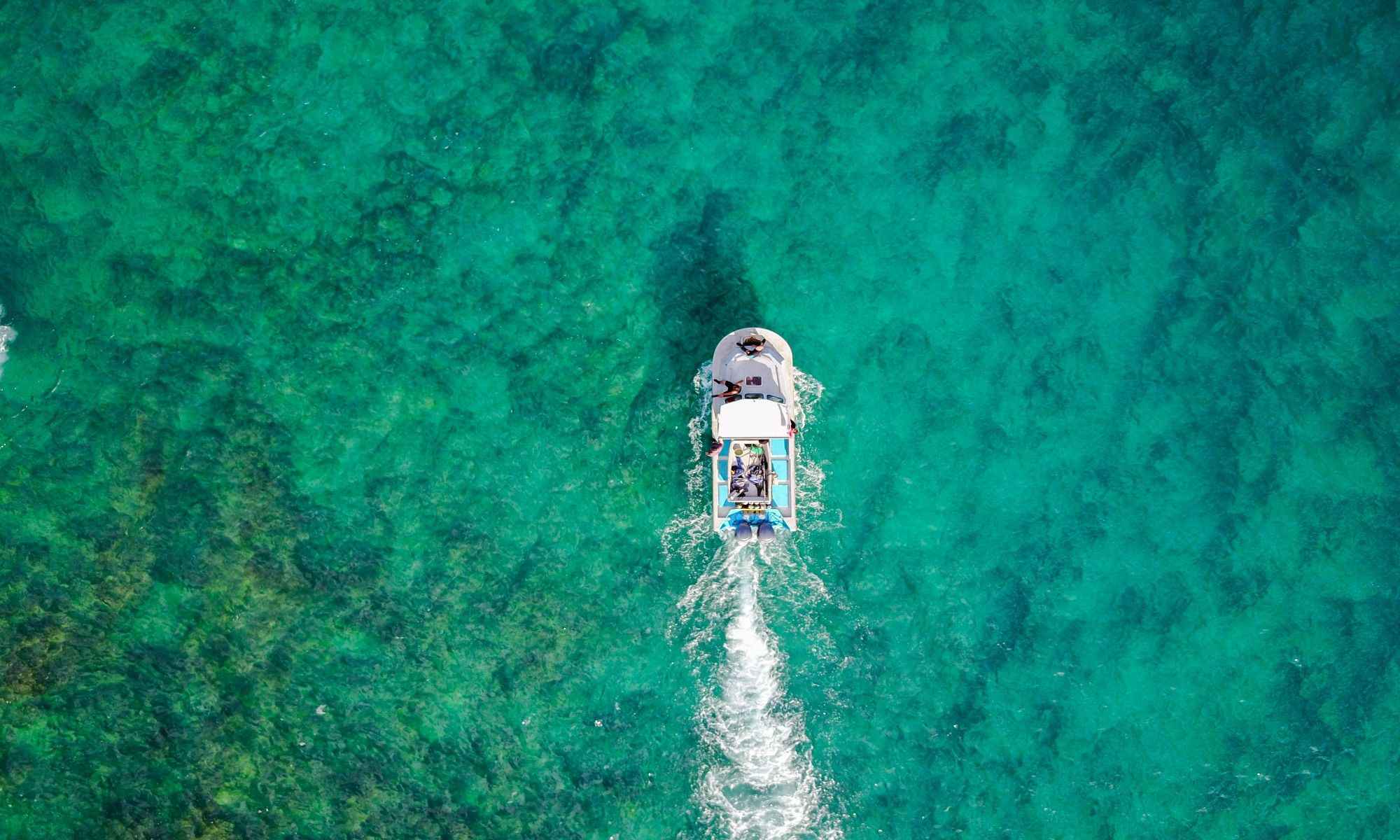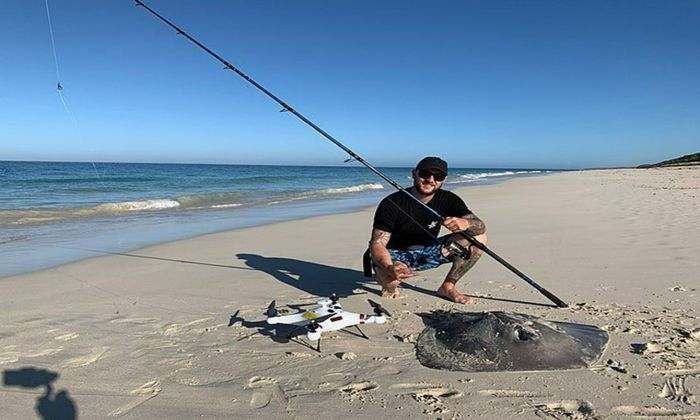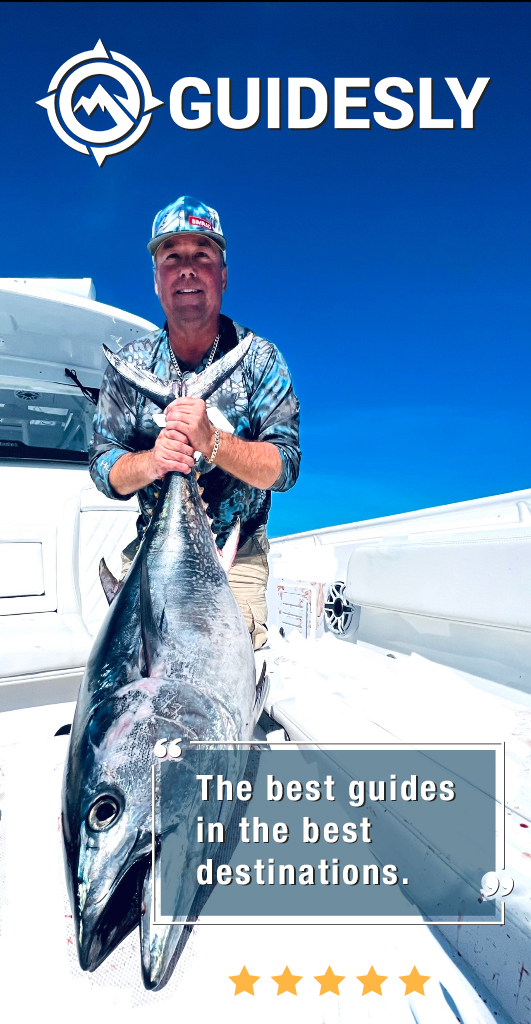How to Use Drones for Fishing
First time hearing about drone fishing? Know why it's becoming popular and learn the ways to use them.

Technological advancements worldwide are continuously rising, and the fishing world is affected equally. Today, one of the new technological trends in fishing is using a drone. While this method is gaining traction, opinions of fishing enthusiasts are divided regarding the ethics behind using drones for fishing. To know which side of the coin you want to support or believe, you might want to know more about drone fishing first.
What Are Drones and What is Their Use in Fishing?

Drones are popularly known as small, remote-controlled flying devices. They are pilotless and are typically used with an attached camera to take long-distance and aerial photos or videos.
Without knowing what fishing with drones entails, one might assume that the device is used to take photos of the fish and anglers from a higher perspective. It is understandable to believe this way in its most literal sense. However, there is more to it than that. Here are the ways a drone helps an angler when fishing:

1. Visual Coverage
Standing on the shore or being in a boat, you can only see the water a few meters away from you. But since drones are equipped with a camera to take photos and videos, they can act as an extension of your eyes to see from faraway places. Drones can be connected to your mobile devices or laptops, so you can directly see what your drone sees. You can see in areas like the middle of a certain waterbody without needing a boat to be physically there. A huge advantage of using a drone is its top view perspective, where you can see what lies under the water.
2. Casting Range
Drones are remote-controlled, which means you can stand and operate them from a distance as it flies further away; this is helpful for some anglers who find it hard to cast a line. By connecting your line to a drone, you can cast it further away. All you have to do is stand and steer the drone with an attached line wherever you want it to be using the remote control.
3. Bait Drop Accuracy
Since you can see through the camera where your drone is going, attaching your line with bait means knowing exactly where you are dropping it. Drones help elevate your bait-dropping accuracy.
Drone Fishing for Beginners
Anything that a drone can do can be applied to fishing. Here are the beginner steps of using drones when fishing:
1. Scout the Area for Fish
A drone’s first participation in fishing is to scout the area and locate fish. Operate the drone and let it set out to the water. Using the drone’s camera linked to your device, look at the surroundings until you detect fish. With this, you may also check the water’s activity and take note of the topography to see which rigs you would need to use; this is also an opportunity to observe the behavior and movement patterns of the fish in the area.
2. Cast the Line
Before controlling the drone to fly over water again, attach your line to it. Now that you have an idea where fish are, steer your drone to the direction of the area you previously scouted to cast the line there. Drones for fishing have a snap and release technology that allows you to drop the line wherever you want it to be.

3. Drop the Bait
Drones are small devices, but some can carry substantial weight. Additionally, some drones are not that small. They can hold almost any bait. Live bait can also be transported to the water using drones, given that they are not too big. Big live bait’s movements may be hard to handle and cause the drone to move in the wrong direction.
On the other hand, small live bait movements would cause little to no effect on the drone’s navigation. You may locate the exact spot where you want to drop your bait through the camera. This way, you know that you have a high chance of getting a bite.
4. Get Your Drone
Many drones have a "return-to-home" or "return-to-remote" settings that allow them to go back to where they were launched or where the controller is, whenever the drone is flying back towards you, practice catching it mid-air until you get used to it.
5. Take Photos or Videos
Some anglers like to do a video blog or vlog of their fishing trips, and what better way to do this than to use your drone! You may take a video of how you scout the area, cast your line, drop the bait, get a bite, and reel the catch in until you get a hold of the fish. You can dramatically and professionally document your whole fishing experience using aerial shots from your drone.
Tips on Your Next Drone Fishing Trip
If you will set out on a drone fishing trip for the first time, here are a few reminders that you might want to take note of:
- Bring spare batteries to ensure that you have enough time to study your device and enjoy the whole trip using it.
- When operating the drone out to the water, fly it high enough above the surface of the water to avoid scaring away fish with its propeller’s noise and vibrations.
- When using drones while in a moving boat, ensure that you set its function to return to the remote control rather than where it took off to secure that the drone always gets back to you.
Is Drone Fishing Legal?
Drones are legal to use while fishing, but there are some restrictions. You can use a drone to scout the waters, spot fish, cast your line, and drop the bait using the drone fishing device's snap and release technology. However, using a drone to pull a hooked fish out of the water or closer to the angler is illegal. The International Game Fish Association allows drones when fishing, provided that it releases the bait line before or upon a fish bite. Always make sure that you frequently check the state guidelines to get updated information.
There is ethical controversy surrounding the whole drone fishing affair. Some anglers believe that drones are just new gear like rods. While it helps and adds a variety of possibilities, it still requires a lot from the angler than just sitting back and watching the drone do the work. They also believe that it unlocks anglers’ new skill sets and potential when fishing using technology. However, some anglers debate that traditional rod and reel fishing is the only proper way of fishing. They argue that if the drone does most of the work, it is not as fulfilling as the trial and error of casting the bait line, waiting for a bite, and pulling a big struggling game. Always follow the rules and be a responsible angler, regardless of which side you're on.



